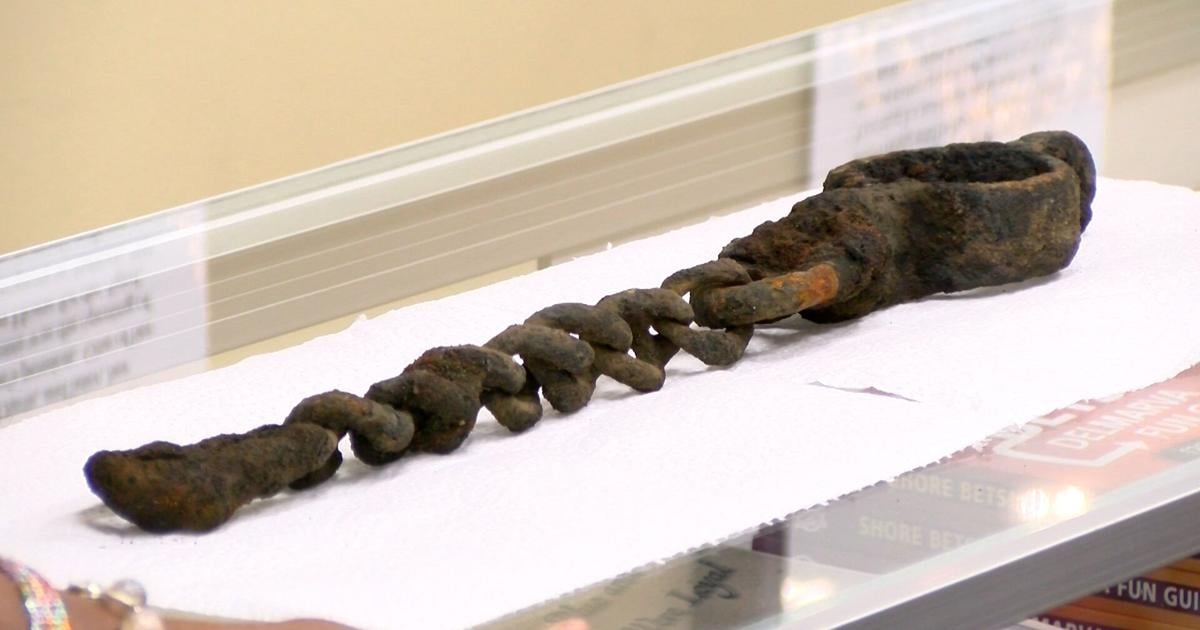H.S. Boys Basketball: Wyoming Area holds off Nanticoke Area – Yahoo Sports[]1?e[1]:null,a=e.length>2?e[2]:null;if(“ping”===t)n({gppVersion:”1.1″,cmpStatus:”stub”,cmpDisplayStatus:”hidden”,signalStatus:”not ready”,supportedAPIs:[“2:tcfeuv2″,”5:tcfcav1″,”6:uspv1″,”7:usnatv1″,”8:uscav1″,”9:usvav1″,”10:uscov1″,”11:usutv1″,”12:usctv1″],cmpId:0,sectionList:[],applicableSections:[],gppString:””,parsedSections:{}},!0);else if(“addEventListener”===t){“lastId”in __gpp||(__gpp.lastId=0),__gpp.lastId++;var s=__gpp.lastId;__gpp.events.push({id:s,callback:n,parameter:a}),n({eventName:”listenerRegistered”,listenerId:s,data:!0,pingData:{gppVersion:”1.1″,cmpStatus:”stub”,cmpDisplayStatus:”hidden”,signalStatus:”not ready”,supportedAPIs:[“2:tcfeuv2″,”5:tcfcav1″,”6:uspv1″,”7:usnatv1″,”8:uscav1″,”9:usvav1″,”10:uscov1″,”11:usutv1″,”12:usctv1″],cmpId:0,sectionList:[],applicableSections:[],gppString:””,parsedSections:{}}},!0)}else if(“removeEventListener”===t){for(var r=!1,o=0;o<__gpp.events.length;o++)if(__gpp.events[o].id==a){__gpp.events.splice(o,1),r=!0;break}n({eventName:"listenerRemoved",listenerId:a,data:r,pingData:{gppVersion:"1.1",cmpStatus:"stub",cmpDisplayStatus:"hidden",signalStatus:"not ready",supportedAPIs:["2:tcfeuv2","5:tcfcav1","6:uspv1","7:usnatv1","8:uscav1","9:usvav1","10:uscov1","11:usutv1","12:usctv1"],cmpId:0,sectionList:[],applicableSections:[],gppString:"",parsedSections:{}}},!0)}else"hasSection"===t?n(!1,!0):"getSection"===t||"getField"===t?n(null,!0):__gpp.queue.push([].slice.apply(e))},window.__gpp_msghandler=function(e){var t="string"==typeof e.data;try{var n=t?JSON.parse(e.data):e.data}catch(e){n=null}if("object"==typeof n&&null!==n&&"__gppCall"in n){var a=n.__gppCall;window.__gpp(a.command,(function(n,s){var r={__gppReturn:{returnValue:n,success:s,callId:a.callId}};e.source.postMessage(t?JSON.stringify(r):r,"*")}),"parameter"in a?a.parameter:null,"version"in a?a.version:"1.1")}},"__gpp"in window&&"function"==typeof window.__gpp||(window.__gpp=window.__gpp_stub,window.addEventListener("message",window.__gpp_msghandler,!1),window.__gpp_addFrame("__gppLocator"))},7037:function(e,t,n){"use strict";n.r(t);var a=n(604);n.n(a)()()},7781:function(){!function(){for(var e,t="__uspapiLocator",n=[],a=window;a;){try{if(a.frames[t]){e=a;break}}catch(e){}if(a===window.top)break;a=a.parent}e||(function e(){var n=window.document;if(!window.frames[t])if(n.body){var a=n.createElement("iframe");a.style.cssText="display:none",a.name=t,n.body.appendChild(a)}else setTimeout(e,5)}(),window.__uspapi=function(){for(var e=arguments.length,t=new Array(e),a=0;a
-
Advertisement
Advertisement
-
Advertisement
Advertisement
-
Advertisement
Advertisement
-
Advertisement
Advertisement
-
Advertisement
Advertisement
-
Advertisement
Advertisement
-
Advertisement
Advertisement
adStartTime) {continue;} w.YAFT.triggerCustomTiming(whiteListedAds[adObj], adStartTime, adLoadTime); } } } // Override the video load time as the module’s load time if (typeof w._videoLT !== ‘undefined’) { for (var key in w._videoLT) { if (w._videoLT.hasOwnProperty(key)) { w.YAFT.triggerCustomTiming(key, w._videoLT[key].startTime, w._videoLT[key].loadTime || w.performance.now()); } } } }; var setPagePerfDataForTrackModules = function(pagePerfData) { var trackModulesPerfMark…
Continue reading








